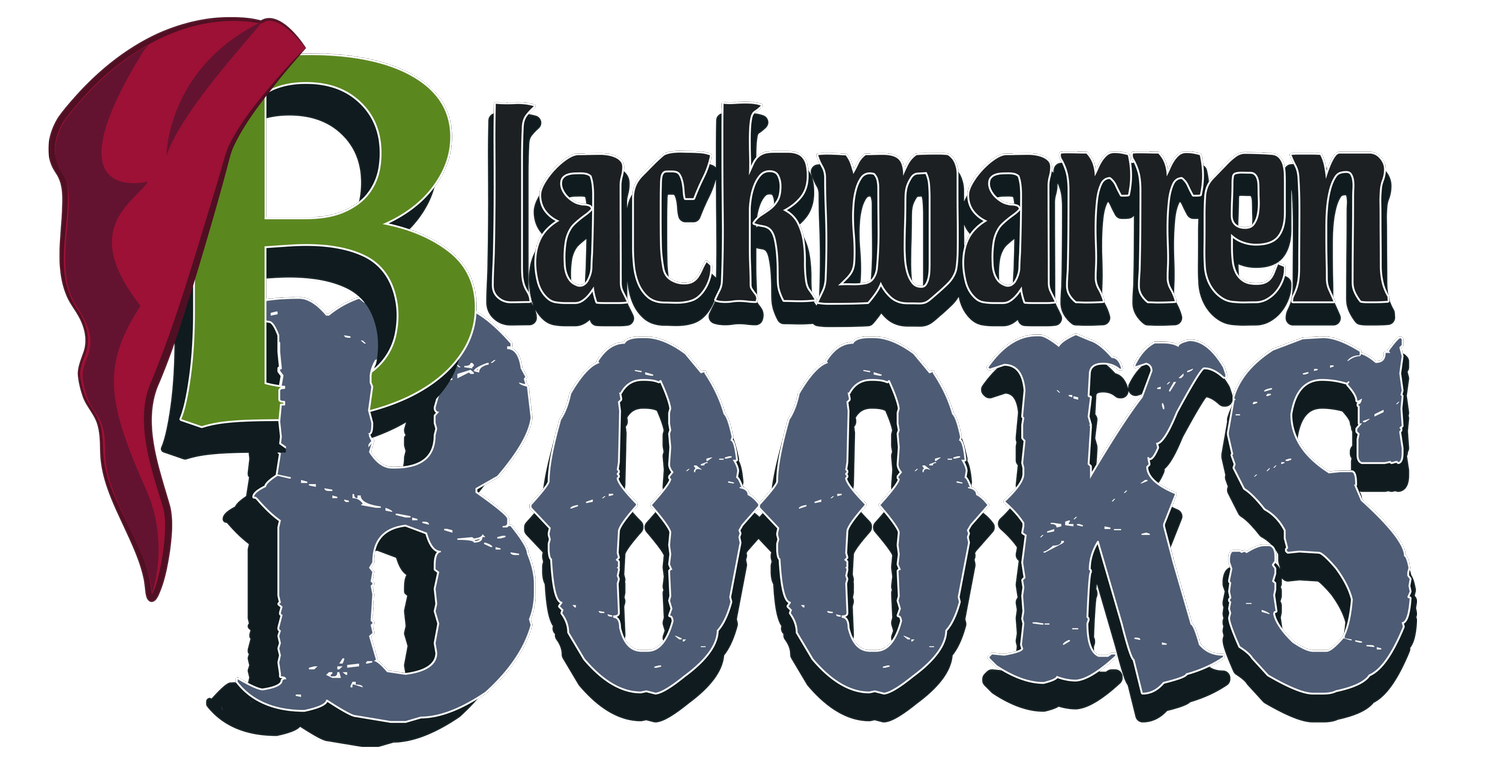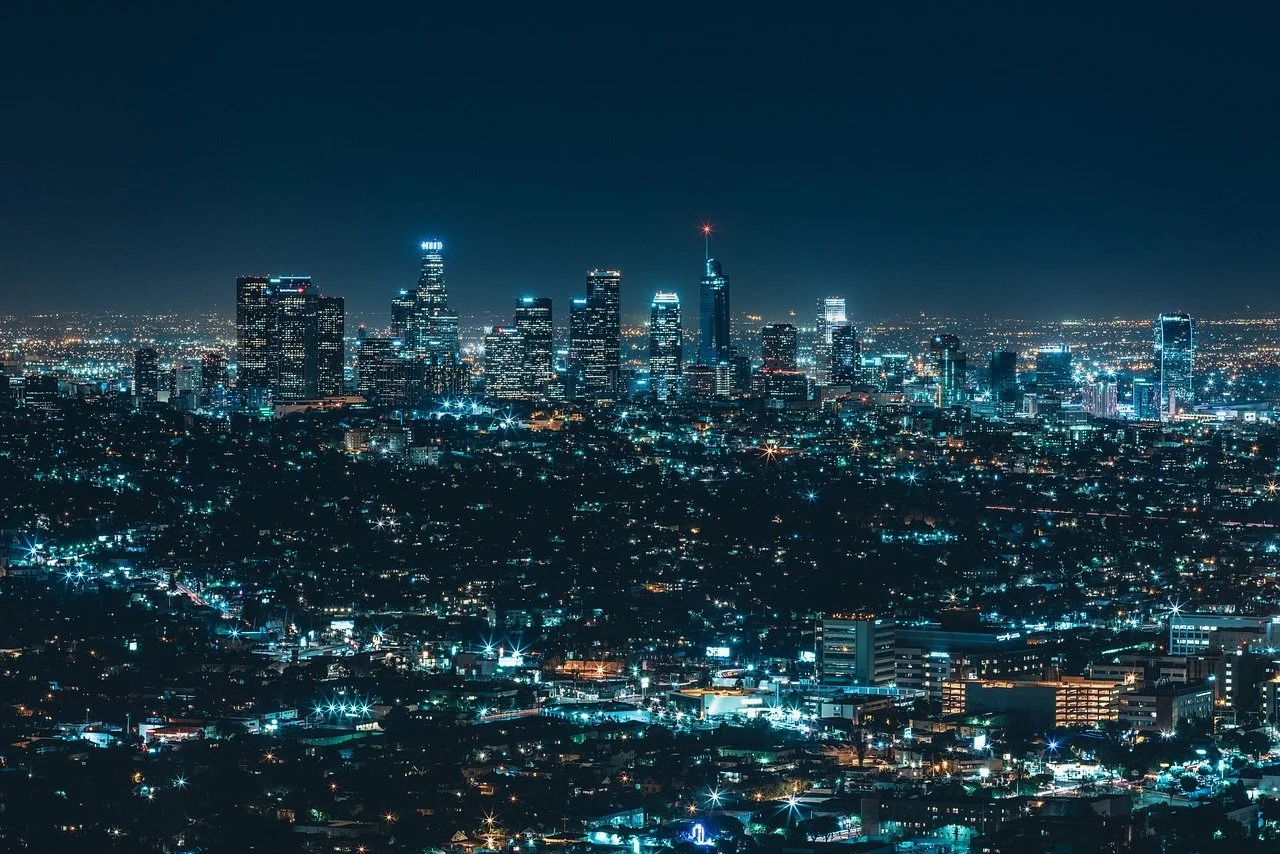Writing Process: Setting Development (How I Planned The City)
Developing a consistent setting for your narratives is just as important as character and plot. This week, Blackwarren founder Vaughn R. Demont takes us through his process for setting development in his own work.
While I’ve heard them referred to as the “Passover Questions” in regards to building the details of a plot, I’ve always referred to them as the “questions of urgency”: Why could this only happen to this person? Why could this only happen on this day? Why could this only happen in this place? The latter question I will admit is one that I tend to lean on while reading any story. I ask myself why Anita Blake could only hunt vampires in St. Louis when Austin would do just as well. Why can Harry Dresden only work openly as a wizard in the Chicago area? Could Whiteout have happened in any place other than Antarctica? And of course, why can my own novel only take place in an urban setting?
I also made the decision to create a whole new urban area rather than go with an established city. While I took some Urban Sociology in undergraduate school, I found that Richard Florida’s books were an excellent resource for building the world in which to set my story. I didn’t want to drown the reader in sociologist lingo, but I wanted to make sure that the concepts put forward by Florida were utilized well in the creation of the five different sections of the City.
The Argent City, By the Numbers
The two affluent sections of the City, Destry Bay and Allora, are based on Florida’s model of a more idealized city structure rooted in a strong financial center. Allora possesses parks, a prestigious university, and a transportation center located close to the financial center so that most locations within it are accessible by public mass transit, cutting down on traffic and improving air and noise quality. Destry Bay I set on Florida’s model for making an area more “walkable” in order to increase the quality of communities and “de-sprawl” the largely suburban feel of the area. While Destry Bay is so far only featured in another series that I’m working on, the overall canon will still reflect this ideal.
Beckettsville I wanted to use the idea of a city area in a state of transition that is shedding its dependence on factories and making a move to high-tech, or at least attempting to. For this area, I’m using Florida’s plan of increasing an area’s “gay index” and “bohemian index” in order to attract high-tech firms. Attracting gays and artists, according to Florida, gives an area more of a feeling of tolerance and acceptance (The prime example for this, Florida says, is Austin, which has a remarkably high gay index and bohemian index as well as being home to many tech firms and computer companies). The “SoHo Effect” is also remarked on by the main character at one point (it’s remarked that the only class he stayed awake in was Sociology) for the area, that gays and artists live in the area because of the cheap rent, but their presence will more than likely attract more affluent residents and thus drive up the rent, and drive them out.
St. Benedict, however, I’m trying to show a city in decline. Essentially, I’m doing everything that Florida says not to do in order to make a city succeed. The Benedict is largely filled with closed factories, roads that are in bad condition, underfunded civil services such as police and fire, little in the way of schools and parks, and very few stops for mass transit. Even the waterfront is mostly closed industry docks. As a result, homelessness and crime are high; its reputation is rather bad. This is the area where I put the more predatory creatures such as werecreatures and vampires, as they’d be less likely to be noticed.
The final section, Grunstadt, I haven’t touched. I’ve planned to make the City a relatively open setting for other writers, with that one section the base for them to work in. It’s in the relative middle of the City, on the southern end with some waterfront, so it has a mix of upper, middle, and lower class. I’ve also put forward that Grunstadt is where a majority of the “ethnic neighborhoods” are likely to be found if other mythologies need a jumping-off point in the City.
Building a Solid Framework
All in all, I’ve found that Florida’s works have made a lot of sense for city planning, not only for how each section works and develops but also for which supernatural creatures and gods would likely be found where. As gods are often humanized, you’d have to expect them to have their own preferences regarding where’d they set up digs and feel comfortable working as it were. Hopefully, it’ll all work, and the reader will see the choices I’ve made and agree with how the City works.
Want to experience the Argent City firsthand? Blackwarren’s titles are available in our store now!

